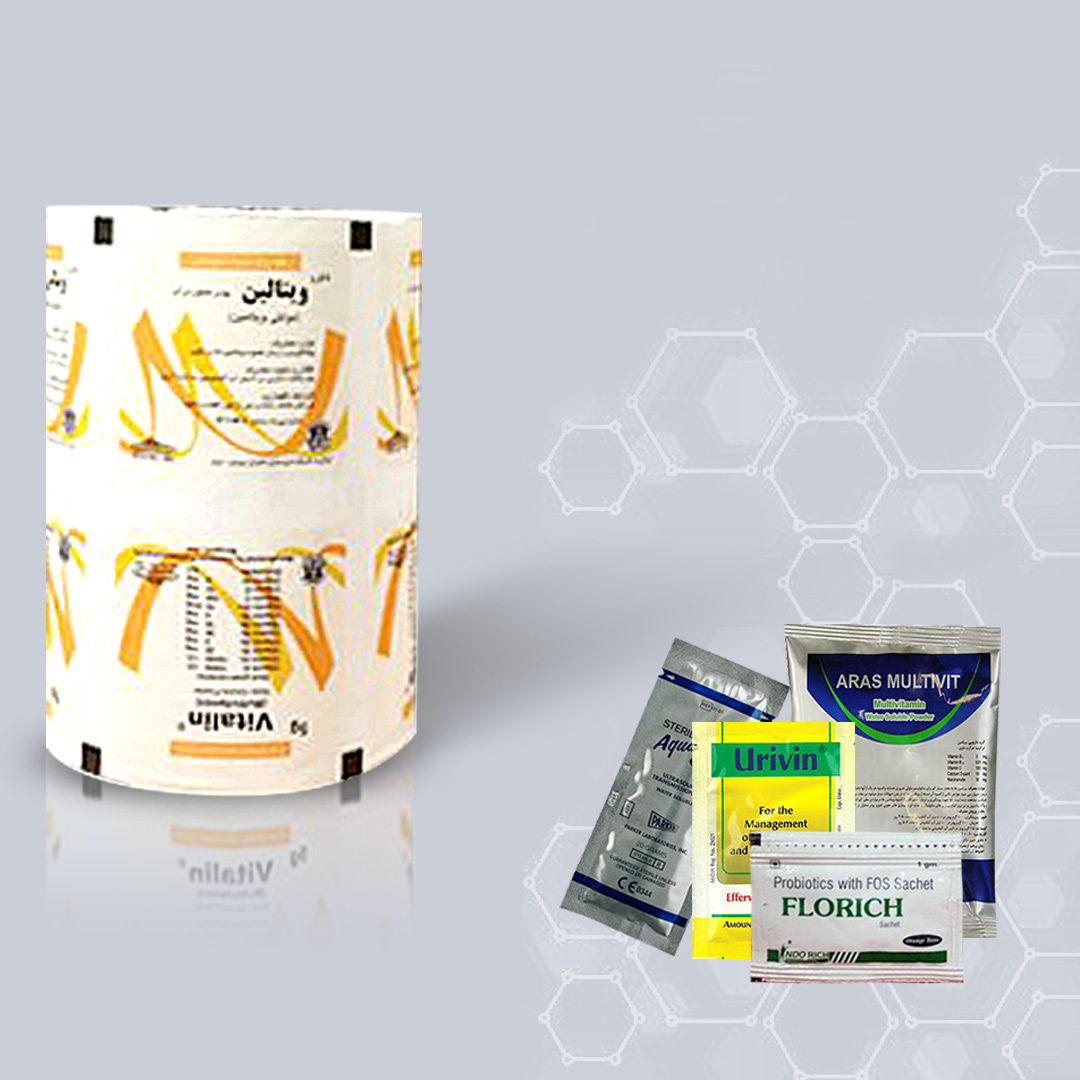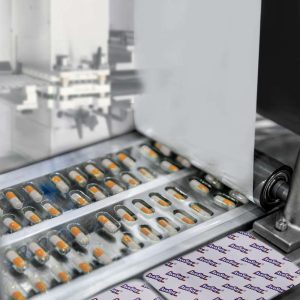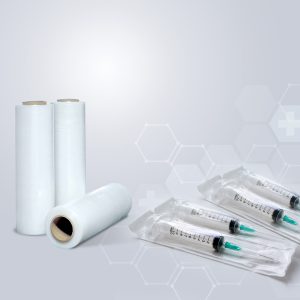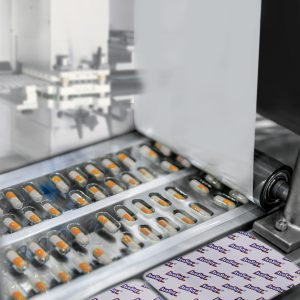Pharmaceutical Sachet Packaging
- Impermeability
- Sterilizability
- Cost-effectiveness
- Variety of thickness
- Variety of width
- Variety of analysis
- Good sewability
- Printing compliant with pharmaceutical standards
Description
Pharmaceutical Sachet Packaging
A pharmaceutical sachet is a type of disposable product used for storing and packaging dry medicines and dietary supplements. These sachets are usually made of multiple layers of plastic or aluminum to prevent the entry of environmental factors such as moisture, air, light, and other external elements that could damage the contents. The plastic layers are typically made from polyethylene terephthalate (PET), polyethylene (PE), or polypropylene (PP), and the aluminum layers are made from pure aluminum or aluminum alloys.
The composition of the materials used in pharmaceutical sachets depends on various factors, such as the type of medication that will be stored in them. For example, aluminum layers are used for storing light-sensitive drugs to prevent light from entering the sachet. Conversely, for moisture-sensitive drugs, plastic layers are used because they have lower permeability to moisture. The Plastic Machine Alvan factory produces the type of raw materials and the number of layers according to the type of pharmaceutical product. Sachets can be produced in various sizes and colors. For price lists, consultation, and ordering, please contact the numbers listed on the website.
Components of Pharmaceutical Sachets
As mentioned, pharmaceutical sachets can be made from various materials, including:
- Polyethylene Terephthalate (PET): This is a semi-transparent polymer that can show good resistance to moisture and chemicals. PET is one of the common materials used in the manufacture of pharmaceutical sachets.
- Polyethylene (PE): Another transparent polymer, polyethylene is resistant to moisture and chemicals. PE is also one of the common materials used in pharmaceutical sachets.
- Polypropylene (PP): Polypropylene can protect the contents against moisture and chemicals. PP is heat-resistant and can be used for storing heat-sensitive drugs.
- Aluminum: This is a silver metal with high resistance to moisture, air, and light. Aluminum is used for storing drugs that are sensitive to moisture, microbes, and light.
In addition to the materials mentioned, pharmaceutical sachets may also be made from other materials. For example, colored materials can be used to print information on the sachets, and antimicrobial substances can be added to prevent microbial growth inside the sachets.
Benefits of Pharmaceutical Sachets
Like many other packaging materials, pharmaceutical sachets offer numerous advantages, including:
- Preservation of Content Quality: Pharmaceutical sachets protect medicinal or edible contents against external factors such as moisture, air, light, and contamination, helping to maintain the quality of the materials for an extended period.
- Ease of Use: Pharmaceutical sachets are a type of small packaging that is easy to open. This feature makes the use of the materials easier and faster.
- Cost-Effectiveness: Pharmaceutical sachets are more affordable compared to other packaging materials, making their use cost-effective.
For more information about pharmaceutical sachet packaging solutions and to receive a pricing list, please contact us at the numbers provided on our website.






